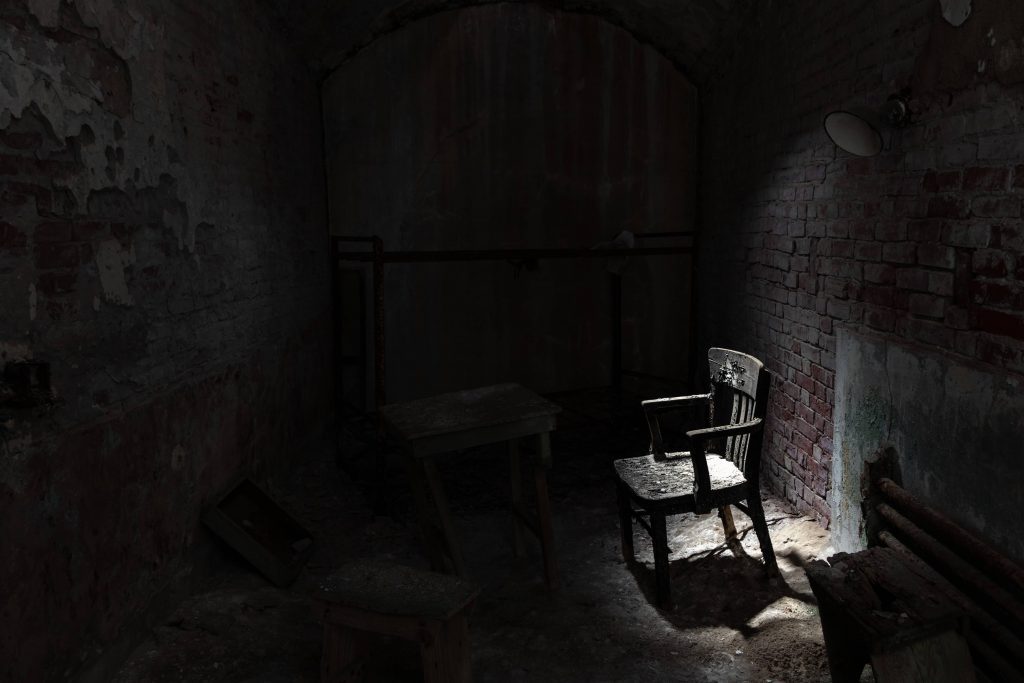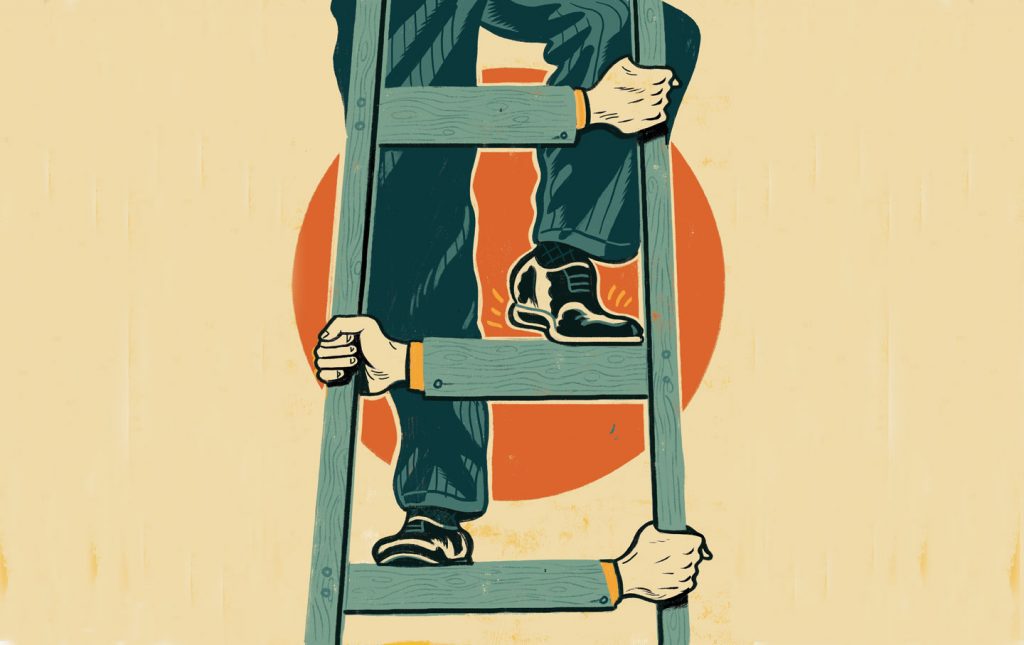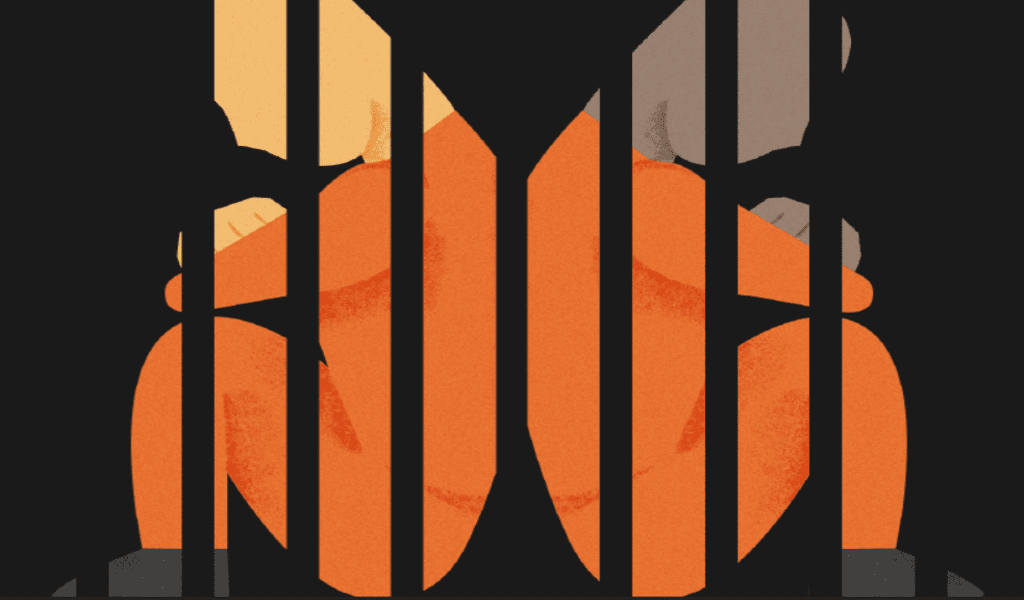
Imprisonment is defined as the “act of putting or confining a man in prison; the restraint of a man’s personal liberty; coercion exercised upon a person to prevent the free exercise of his powers of locomotion”. It is a mechanism that duly punishes any individual if they have committed an illegal act. A humane and democratic society also ensures that the offender is rehabilitated back into society after serving their due sentence. Thus, it would be paradoxical and appalling if the same contributed to the death of prisoners.
However, this is the grim reality of the imprisonment and prison administration in India. Though it is pragmatically impossible for any system to be completely impeccable, the fact of the matter is that the Indian prison system is so complicated, flawed, and mismanaged that it irrevocably traumatizes and torments its prisoners and leads to their unfortunate loss of lives.
Factors associated with Death behind Imprisonment
There are many causes that directly or indirectly engender deaths in judicial custody. Nonetheless, three principal factors that play a key role in the same are as follows –
Overcrowding and Understaffing
Data proves that Indian prisons are massively overcrowded. As of 31st December 2020, the official capacity of the prison system is 4,14,033 but the prisoner population is 4, 88,511. Key ingredients that are responsible for the same are the general overpopulation of citizens with a comparatively lesser prison capacity, overburden of legal cases, fewer numbers of Judges, lengthy trials, procedural delays, and, most significantly, excess of needless undertrial prisoners. Consequences of the same are the increase of inmate violence due to emotional frustration, an iniquitous lack of the fundamental right to privacy, health and hygiene issues, scarce quantities of food, etc.
Moreover, this dilemma is exacerbated in the current Covid-19 pandemic as it disallows the application of government-mandated safety measures such as social distancing and frequent sanitization. This escalates the spread of the virus and creates a lethal result. Interestingly, a massive understaffing of prison authorities is also observed with the highest vacancies at the officer and correctional staff levels. This is due to reasons like long hours, poor training, poor salary amounts, etc. According to the India Justice Report 2019, the national average vacancy percentage ranged from 33 percent to 38.5 percent. This is deeply distressing as it results in overworking of existing staff and inefficient management of the prisoners.
Insufficient Medical Infrastructure
The Prison Statistics India report states that 1887 convicts died in prison in the year 2020. Out of this, approximately 82% of convicts died due to illnesses like heart problems, lung-related ailments, kidney problems, tuberculosis, cancer, liver-related ailments, brain hemorrhage, and HIV. It is possible that these numbers could be dramatically smaller if the prisoners were provided with adequate healthcare facilities such as qualified doctors, correct medications, etc. at the proper time.
There is also a concern of hygiene issues like lack of functioning toilets, contaminated drinking water, lack of sanitary products for women, etc that further contribute to these illnesses. Furthermore, a revered study has found a lacuna in knowledge regarding prisoners’ medical burdens and healthcare amongst Indian medical students which is a matter of great concern.
Psycho-Social Difficulties and Imprisonment
One does not expect to be comfortable in prison. As a matter of fact, one’s mental suffering is so much greater than any common physical distress that the latter is almost forgotten.
Emmeline Pankhrust, My Own Story 102 (Hearsts’s International Library Co., Inc. , 2011)
The WHO has recognized the high rates of mental health disorders all around the world and stated that this is especially evident in the prison population. Furthermore, an Indian study has highlighted that schizophrenia is the most common mental disorder in prisons. Other prevalent mental illnesses found were depression, adjustment disorder, and substance abuse. It is also said that people in prisons have difficulty regulating their emotions. Social isolation from loved ones also has a great toll on mental health as explicated by the following quote:
Prison is designed to separate, isolate, and alienate you from everyone and everything. You’re not allowed to do so much as touch your spouse, your parents, or your children. The system does everything within its power to sever any physical or emotional links you have to anyone in the outside world.
Damien Echols, Life after Death 362, (Blue Rider Press, 2012).
In addition to this, news reports have revealed that after a convict has completed their sentence and is released back into society, they are not likely to find suitable employment opportunities. Prisoners are socially stigmatized and ostracised inside as well as outside a prison which can create feelings of severe hopelessness. They are always branded as a criminal and are essentially punished eternally. All of this can result in suicides and thus, deaths behind imprisonment.
Human Rights Violation behind Imprisonment

The National Human Rights Commission states that 1,584 people were reported to have died while in imprisonment during the period 1st April 2019 to 31st March 2020. In this custody, prisoners are brutally beaten up and physically tortured in legal custody. Female convicts have also been sexually assaulted, molested, and raped. This is a sickening abuse of power by certain authorities such as police officers, jail staff members, etc. This problem is aggravated when it is realized that in some circumstances, individuals are erroneously convicted even when they have not committed the crime. This means that completely innocent individuals were bereft of basic human dignity and decency for no logical reason.
Another issue that crops up here is the sheer discrimination and caste system that is persistent in the prison system. A report has stated that people belonging to the minority groups of “Dalits” and “Adivasis” are grossly overrepresented in prison. Even Government data has stated that: “Of the total 4,78,600 prison inmates in the country, 3,15,409 or 65.90 percent belong to the Scheduled Castes (SC), Scheduled Tribes (ST), and the Other Backward Class (OBC) categories.” Grounds for the same include deep-rooted caste discrimination by the relevant officials as well as lack of access to adequate legal aid due to issues like illiteracy, unawareness of legal rights, etc.
The Rights of Prisoners

The United Nations Organisation had fashioned certain basic principles for the treatment of prisoners which must be followed by its member states. Some important provisions here were the right to dignity and respect, no discrimination on any ground, respect for religious beliefs, access to health services, creation of favorable conditions for the reintegration of the ex-prisoner into society, etc. Furthermore, the International Covenant for Civil and Political Rights specifies that every prisoner has the right to liberty and security and that no prisoner can be subjected to torture and cruelty.
Shining light on Indian laws, its Constitution grants prisoners certain fundamental rights of equality, protection in respect of conviction for offenses, life and personal liberty, etc. The landmark case law of Sunil Batra vs. Delhi Administration is significant here as it clearly states that prisoners are persons and are thus entitled to fundamental rights. A salient quote uttered in this judgment is as follows:
“For what is punitively outrageous, scandalizing unusual or cruel and rehabilitatively counterproductive, is unarguably unreasonable and arbitrary and is shot down by Article 14 and 19 and if inflicted with procedural unfairness, falls foul of Article 21. Part III of the Constitution does not part company with the prisoner at the gates, and judicial oversight protects the prisoner’s shrunken fundamental rights, if flouted, frowned upon or frozen by the prison authority.”
Notably, the Indian Prisons Act of 1894 has laid the foundation for prison legislation and regulation in India. Some relevant provisions here comprise the following:
- Accommodation and sanitary conditions for prisoners
- Provision for the shelter and safe custody of the excess number of prisoners who cannot be safely kept in any prison
- Provisions regarding the mental and physical state of prisoners.
Provisions relating to the examination of prisoners by qualified Medical Officers.
Recommendations and Conclusions
It can be said that drastic prison reform and social change are the need of the hour. Though several legal provisions for the betterment of the prison system can be found in India, it is clear that they have not been duly applied and implemented by the appropriate authorities. Massive abuse of power, the presence of horrifying discrimination, lack of adequate facilities, etc are still in existence. Thus, laws regarding the same must be amended with provisions for stricter punishment if the same is violated. There must be a reduction in unnecessary prisoner undertrials to ensure less overcrowding of prisons and a further streamlining of justice.
Moreover, several studies regarding the mental effects of prison must also be initiated to mitigate these issues. As India is already a nation where the general public lacks correct information regarding mental health, awareness of the same must be a top priority. Additionally, prison professionals and staff members must be adequately trained and sensitized in their dealings and behavior towards prison inmates. At the end of the day, it is essential that India treats its all citizens, whether in imprisonment or not, with basic respect and human dignity. That is the paramount sign of good governance in a nation.
It is said that no one truly knows a nation until one has been inside its jails. A nation should not be judged by how it treats its highest citizens, but its lowest ones.
Nelson Mandela, A long walk to freedom 215, (Little, Brown and Company, 1994).
Disclaimer – The views expressed in the articles, reviews, comments, and all other such contributions are solely of the author(s) and not of the Publisher or the Editorial Board of KnowLaw.